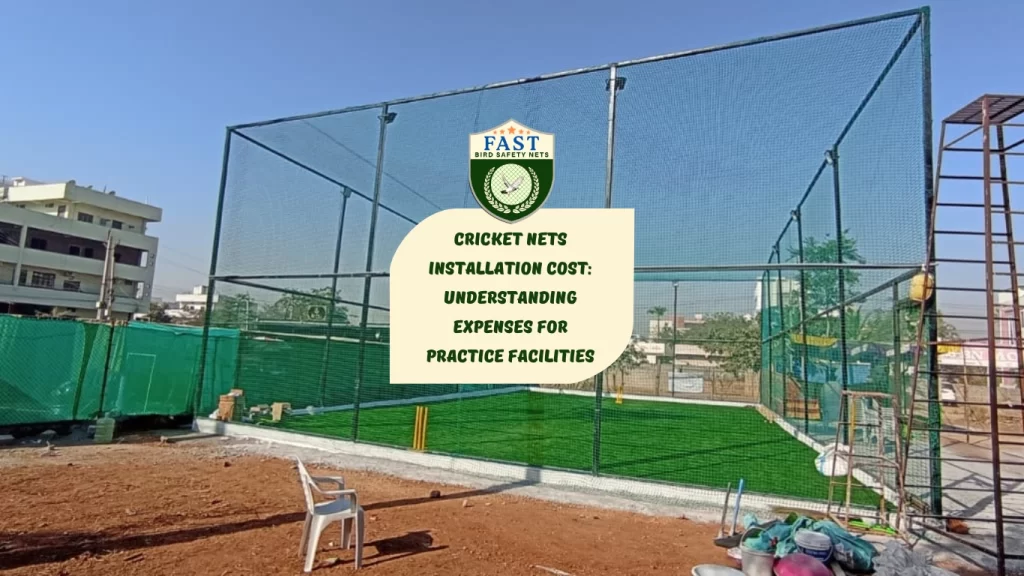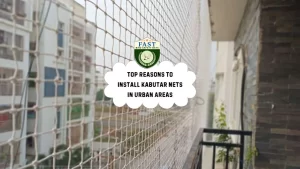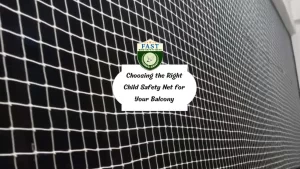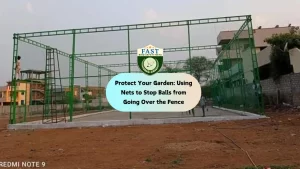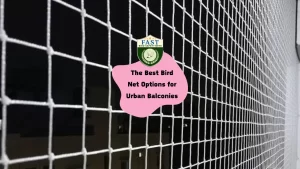Cricket nets are essential for honing skills and improving performance in the sport. However, understanding the costs involved in installing cricket nets for practice facilities is crucial for effective budgeting and planning. Here’s a comprehensive guide associated with cricket nets installation cost.
1. Importance of Cricket Nets
Cricket nets provide a controlled environment for players to practice batting, bowling, and fielding skills.
- Skill Development: Nets allow players to focus on specific aspects of their game under simulated match conditions.
- Safety: Nets prevent cricket balls from going astray, reducing the risk of injury to players and damage to property.
- Team Practice: Nets facilitate team training sessions, fostering camaraderie and teamwork among players.
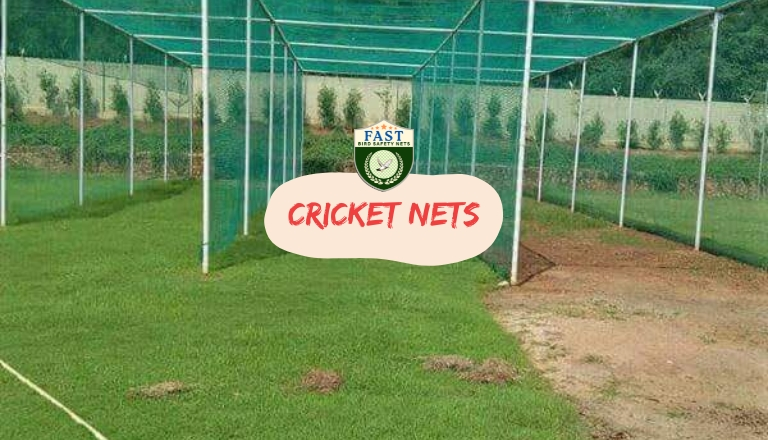
2. Components of Cricket Nets Installation Cost
Several factors contribute to the overall cost of installing cricket nets:
- Materials: The type and quality of netting, poles, frames, and other structural components impact the cost.
- Labor: Professional installation services may incur additional labor costs, depending on the complexity of the project.
- Site Preparation: Clearing, leveling, and preparing the installation site may require additional expenses.
- Accessories: Accessories such as boundary markers, pitch covers, and sight screens add to the total cost.
3. Types of Cricket Nets
Different types of cricket nets are available to suit various budgets and requirements:
- Permanent Nets: Installed using sturdy poles and frames, suitable for long-term use in dedicated practice facilities.
- Temporary Nets: Portable or collapsible nets that can be set up and dismantled easily, ideal for schools, parks, and community centers.
- Indoor Nets: Enclosed nets designed for indoor practice, offering year-round training opportunities regardless of weather conditions.
4. Cost Considerations
When budgeting for cricket nets installation, consider the following cost factors:
- Size and Scope: The dimensions of the netting area, number of lanes, and overall complexity of the installation affect costs.
- Material Quality: Higher-quality materials may incur higher upfront costs but offer better durability and longevity.
- Site Accessibility: Site location, terrain, and accessibility may influence installation logistics and expenses.
- Additional Features: Optional features such as lighting, seating, and amenities can add to the overall cost.
5. Obtaining Quotes and Estimates
To accurately assess cricket nets installation costs, obtain quotes and estimates from reputable suppliers and contractors:
- Research: Research multiple suppliers and contractors to compare prices, services, and reviews.
- Site Visits: Invite potential suppliers to conduct site visits to assess the installation area and provide accurate estimates.
- Detailed Quotes: Request detailed quotes that itemize material costs, labor charges, and any additional expenses.
6. Budgeting and Planning
Once you have gathered quotes and estimates, develop a budget and plan for cricket nets installation:
- Allocate Funds: Allocate funds for netting materials, installation labor, site preparation, and any other associated costs.
- Contingency Fund: Include a contingency fund to account for unexpected expenses or project delays.
- Timeline: Establish a timeline for the installation project, taking into account factors such as weather, permits, and contractor availability.
7. Cost-Saving Strategies
Explore cost-saving strategies to minimize expenses while ensuring quality and safety:
- DIY Installation: Consider DIY installation for simpler projects or where skilled labor is available.
- Bulk Purchasing: Purchase materials and equipment in bulk to take advantage of volume discounts.
- Negotiation: Negotiate with suppliers and contractors to secure competitive pricing and favorable terms.
8. Long-Term Value
While upfront costs are important, consider the long-term value and benefits of investing in quality cricket nets installation:
- Durability: High-quality materials and professional installation ensure longevity and minimal maintenance requirements.
- Player Development: Quality practice facilities contribute to player development, performance improvement, and team success.
- Community Engagement: Well-maintained cricket nets attract players, teams, and spectators, enhancing community engagement and enjoyment of the sport.
Conclusion
Understanding the expenses associated with cricket nets installation is essential for effective budgeting and planning. By considering factors such as materials, labour, site preparation, and additional features, you can develop a realistic budget and select the best options for your practice facilities. With careful budgeting and cost-saving strategies, cricket nets installation can provide long-term value and benefits for players, teams, and communities.

